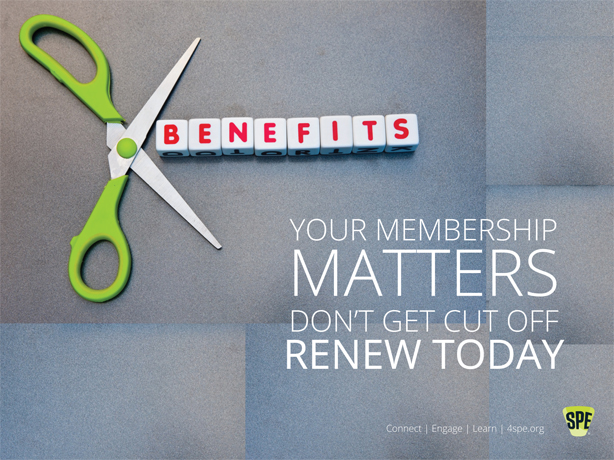A Strong Performance for Plastics Machinery Shipments in Q3
Previous Article Next Article
A Strong Performance for Plastics Machinery Shipments in Q3
Previous Article Next Article
A Strong Performance for Plastics Machinery Shipments in Q3
Previous Article Next Article

Primary plastics equipment shipments through Q3 2015.

Primary plastics equipment shipments through Q3 2015.
Total shipments of plastics machinery by North American suppliers posted another strong performance in the third quarter of 2015, according to statistics compiled and reported by SPI’s Committee on Equipment Statistics (CES).
“The trend in the CES shipments data flattened out in the middle of 2015, but at a high level,” according to Bill Wood, the economic analyst who reports on the plastics machinery markets for the CES.
“Activity levels in the U.S. manufacturing sector slowed in the third quarter, and plastics machinery suppliers felt the effects. But the plastics industry continues to expand faster than many other industrial segments. In 2016, the real GDP (gross domestic product) in the U.S. will continue to grow at a pace that is at least in the range of 2.0-2.5%. And demand for plastics machinery will remain solid due to the positive effects of steadily rising aggregate demand.”
Shipments of primary plastics equipment (injection molding, single-screw extrusion, twin-screw extrusion, and blow molding equipment) for reporting companies totaled $300.6 million in Q3. This was a small gain of 0.8% from Q2 of 2015, but it was a drop of 4.6% when compared with the same quarter last year. For the year-to-date, the total value of shipments is almost exactly the same as it was during the comparable period last year.
A breakout of the CES data shows that the shipments value of injection molding machinery declined 2.4% in Q3 when compared with last year. The shipments value of single-screw extruders advanced 3.3%, while the value of shipments of twin-screw extruders (including both co-rotating and counter-rotating machines) dropped 37.6% in Q3, and the estimated shipments value of blow molding machines dropped 9.0%.
The CES also compiles data on the auxiliary equipment segment (robotics, temperature control, materials handling, etc.) of the plastics machinery industry. New bookings of auxiliary equipment for reporting companies totaled $118.8 million dollars in Q3. This was a jump of 9.8% when compared with the total from Q3 of last year.
The Q3 decrease in the CES data on plastics machinery shipments was a weaker performance than the year-over-year increase of 2.2% (seasonally-adjusted, annualized rate) in total business investment in industrial equipment (plastics machinery is a subset of this category) compiled and reported by the Bureau of Economic Analysis as part of their quarterly GDP data release.
“The manufacturing sector hit a plateau in the third quarter, but this should be considered a period of consolidation rather than a harbinger of an impending economic recession,” Wood reported. “The plastics industry posted an increase in output, but the growth rate decelerated.
“This plateau notwithstanding, the recovery in the U.S. economy is still intact, and the plastics industry will continue to be a growth leader in the U.S. manufacturing sector. Household incomes are rising, residential construction activity is accelerating, and economic growth of 2.5% is expected for the coming year. For the plastics industry, stronger consumer spending in the coming months will offset the drag on some manufacturers caused by cheaper oil and a stronger dollar.”
The CES also conducts a quarterly survey of plastics machinery suppliers that asks about present market conditions and expectations for the future. Their Q3 responses indicate they remain optimistic about the market demand for their products in the coming months. In the coming quarter, 89% expect conditions to either improve or hold steady; for the coming year, 94% expect conditions to be steady or better.
When asked about their expectations for the major end-markets for plastics products, a majority of the respondents indicated that the medical sector will improve in the next twelve months, and the automotive sector will be steady-to-better. A solid majority expects that all other major end-markets will experience steady market conditions in the coming year.
